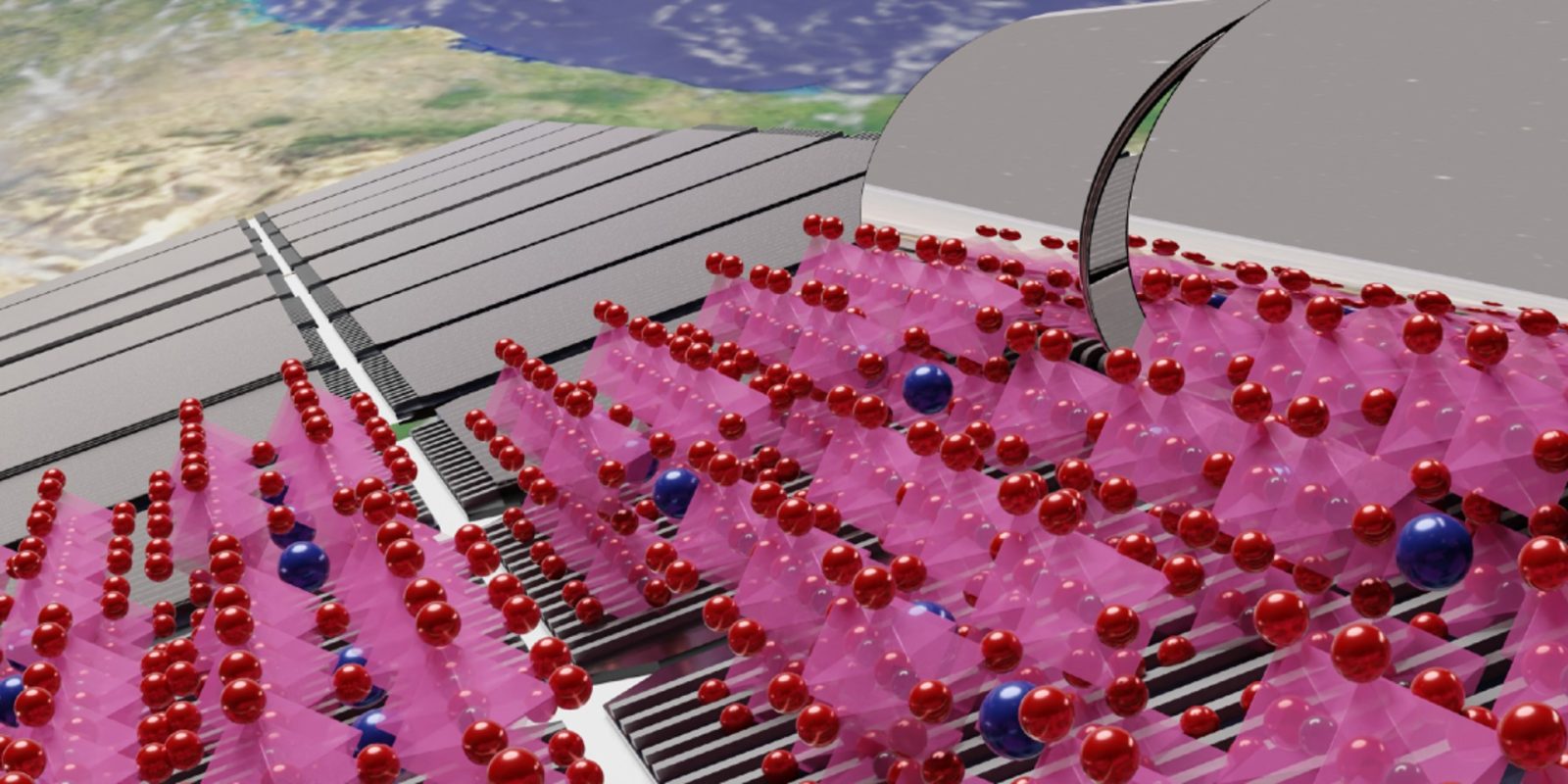
Scientists have proven that an ultrathin protective coating can protect a perovskite solar cell in space, according to newly published research from the US Department of Energy’s National Renewable Energy Laboratory (NREL).
Perovskite solar cells in space
Space-based solar power – collecting solar power in space using solar power satellites and sending that power back to Earth – is being investigated by the US, China, the UK, France, Japan, and other countries. (Check out this infographic from the US Department of Energy about the pros and cons of space-based solar power.)
Perovskite solar cells are less expensive and more lightweight than other technologies used in space, and they now have the potential to achieve similar efficiencies to current space PV technologies.
The protective coating scientists tested – silicon oxide – hardens the solar cell against environmental factors on Earth, too, which is detailed in the paper published in Nature Energy today, “Metal oxide barrier layers for terrestrial and space perovskite photovoltaics.”
But space has its own unique environmental challenges for solar, and in this case, for perovskite solar. Perovskites have to be resilient against such challenges as “radiation, atomic oxygen, vacuum, and high-temperature operation,” according to the study’s abstract.
Silicon oxide is the protector
The researchers found that a layer of silicon oxide just a micron thick – that’s about 100 times thinner than a typical human hair layer – would preserve the efficiency and increase the lifetime of perovskite solar cells in space.
Lead author Ahmad Kirmani said the silicon oxide layer could reduce the weight of conventional radiation barriers used for other solar cells by more than 99%, and that it serves as a first step toward designing lightweight and low-cost packaging for perovskites.
The researchers’ simulations and experiments revealed that the silicon oxide layer reduces radiation damage, so the lifetime of the protected solar cells used in Earth’s orbits and deep space would be increased from months to years.
Kirmani said:
Power conversion efficiency and operational stability of perovskite solar cells have been the two primary focus areas for the community so far.
We have made a lot of progress, and I think we have come far to the point that we might be pretty close to hitting those targets needed for industrialization. However, to really enable this market entry, packaging is the next target.
The co-authors are from NREL, and several key collaborators are from the University of North Texas and the University of Oklahoma. One researcher is doing postdoctoral work at NASA and conducts research at NREL.
Read more: Will perovskite give silicon a run for its money in semiconductor solar cells?
Photo: NREL
UnderstandSolar is a free service that links you to top-rated solar installers in your region for personalized solar estimates. Tesla now offers price matching, so it’s important to shop for the best quotes. Click here to learn more and get your quotes. — *ad.
